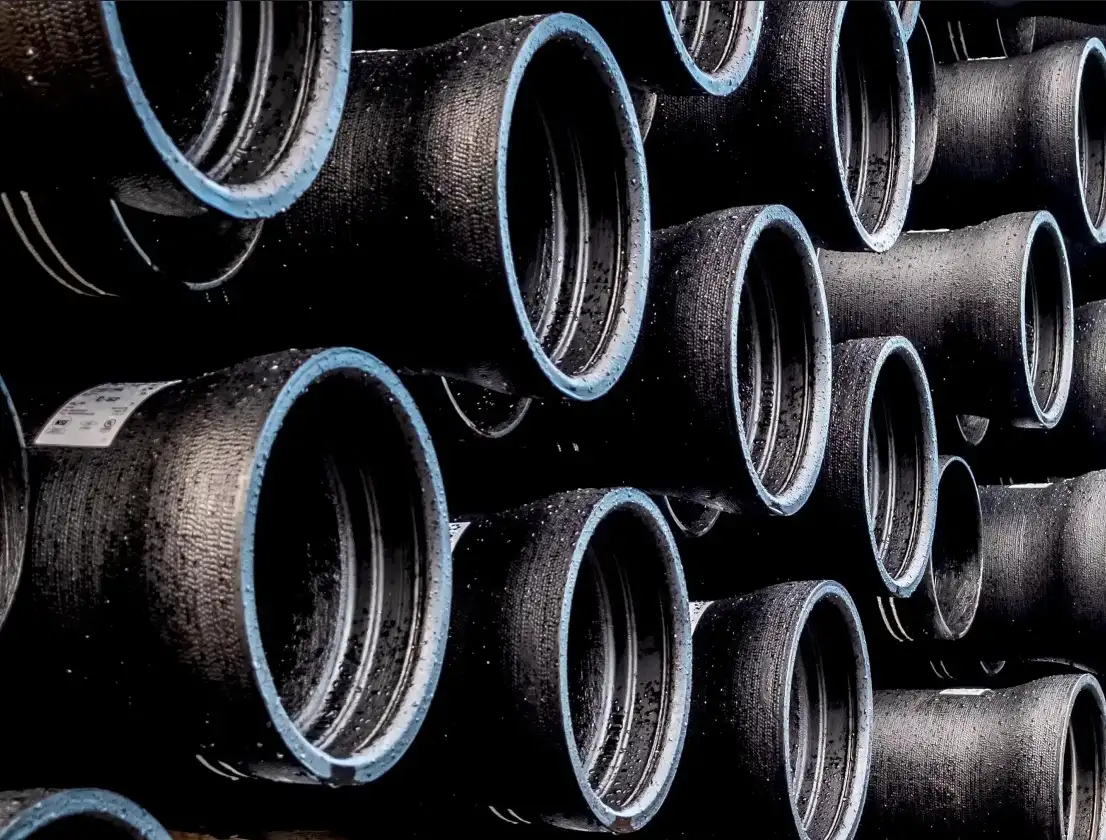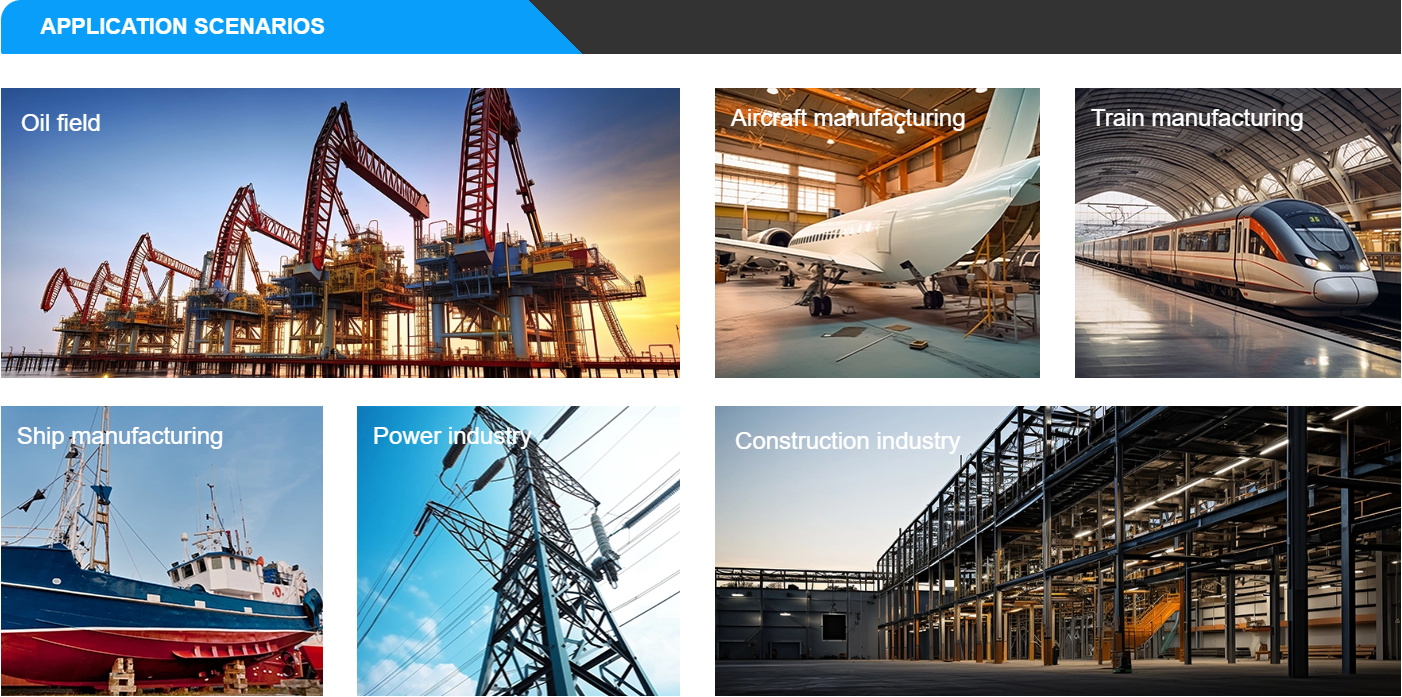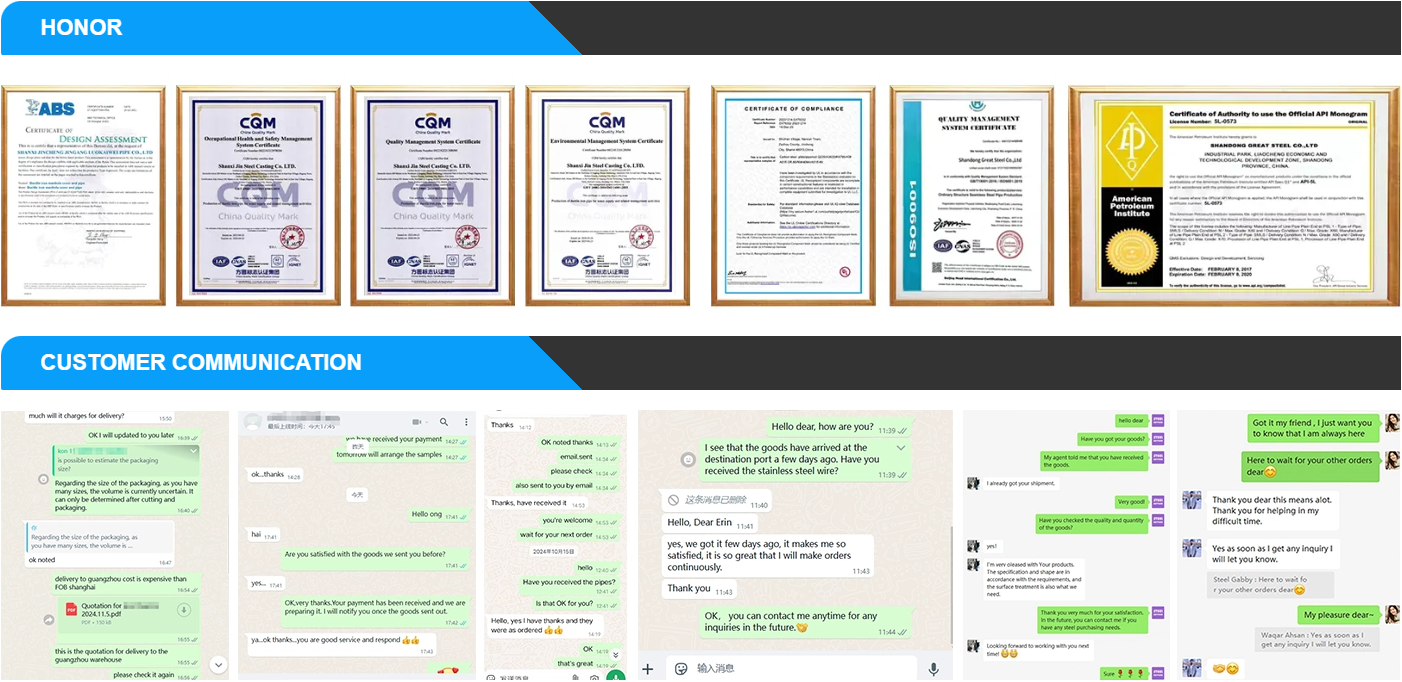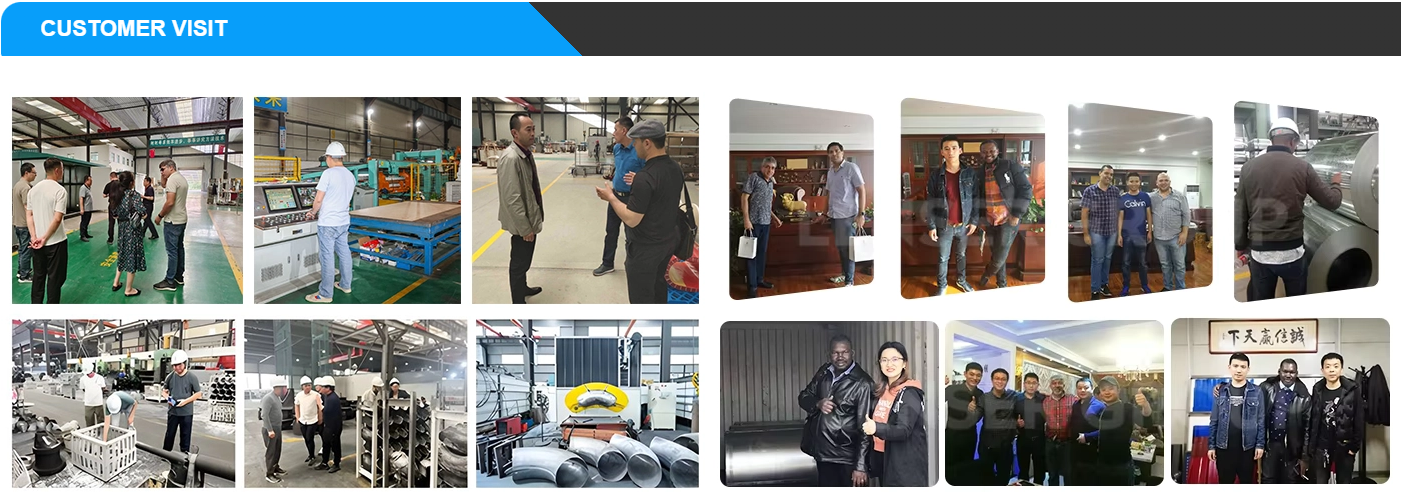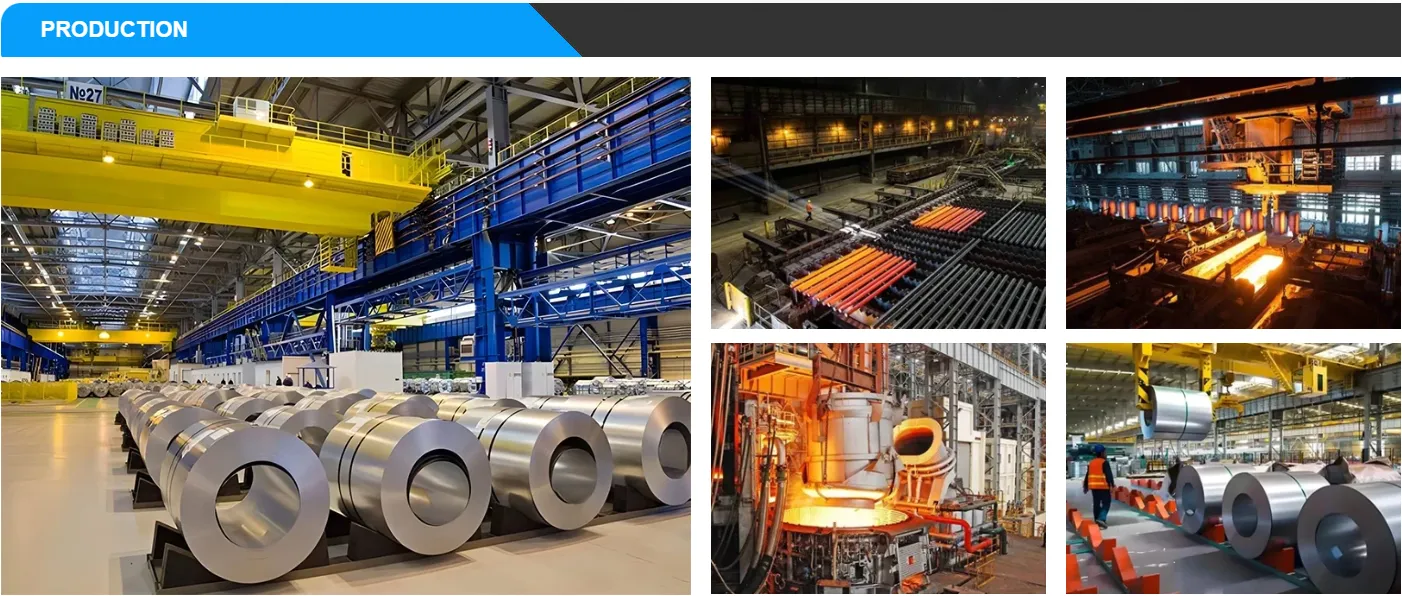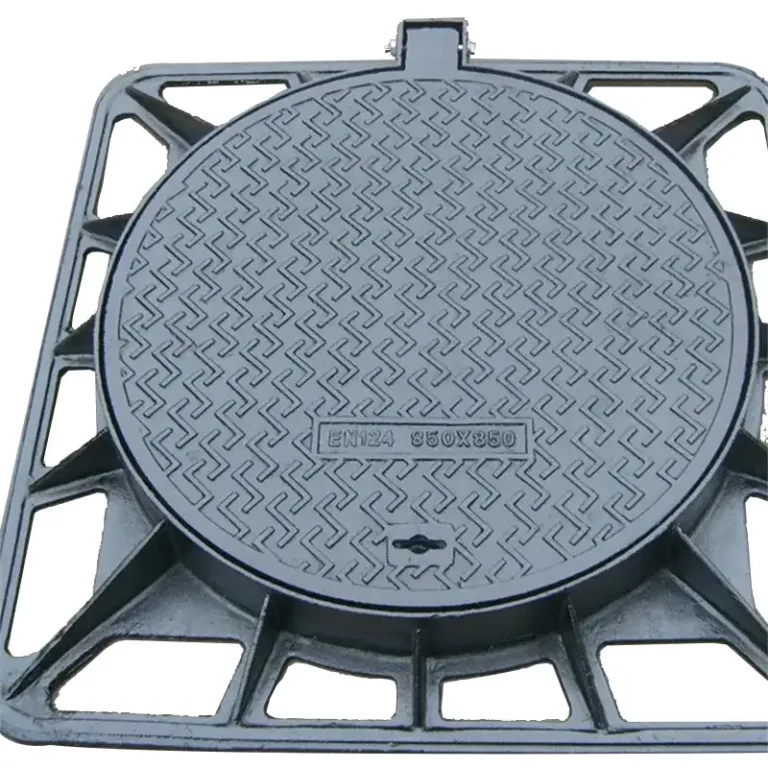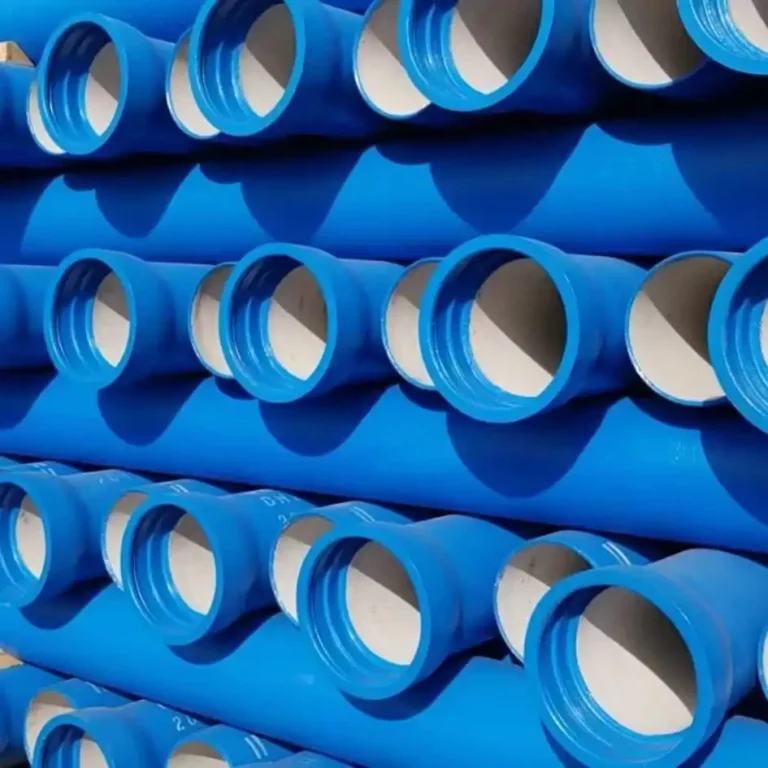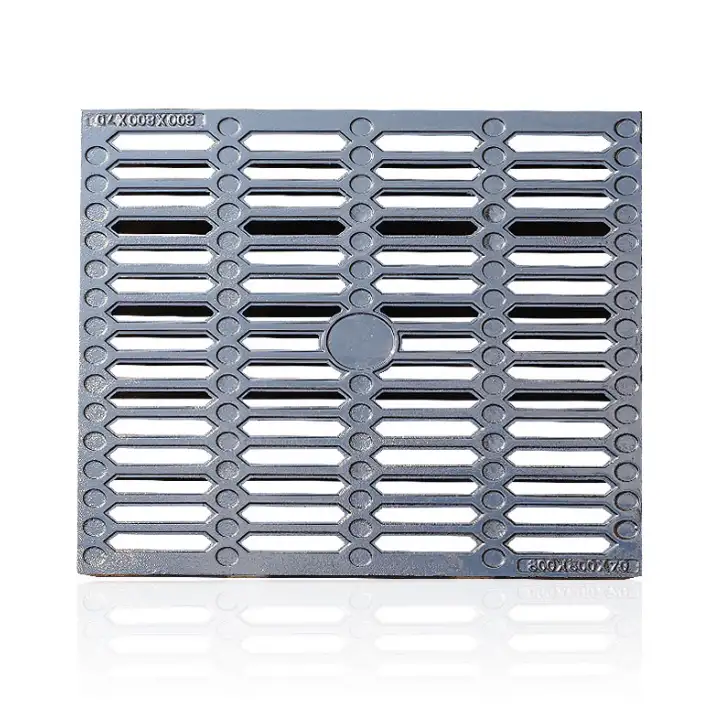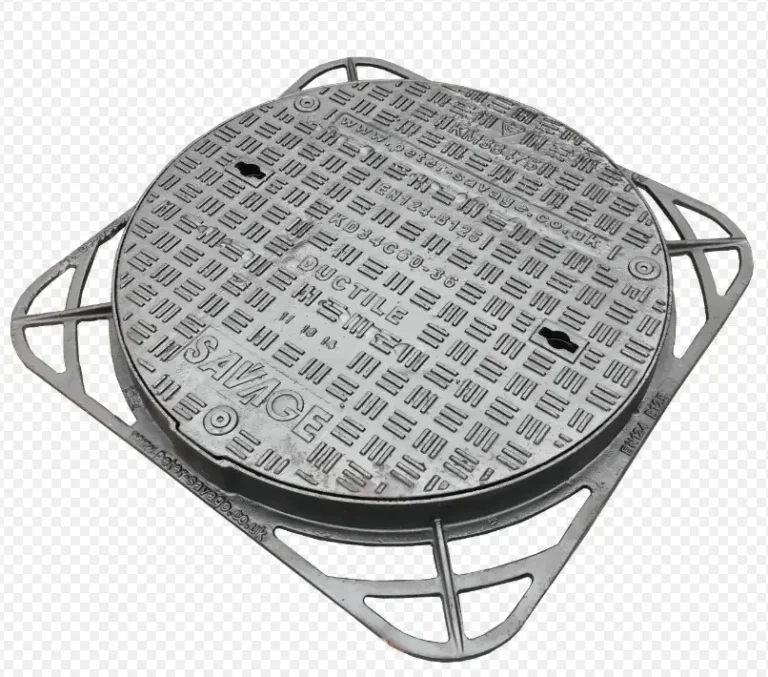Ductile iron pipes come in classes K7, K8, K9, K12 (related to wall thickness and pressure rating). Across markets, Chinese suppliers generally offer the lowest prices. For example, a Chinese manufacturer lists 300–600 mm K7/K8/K9 pipe at roughly $600/ton for small orders and $400/ton for large orders. Typical Chinese bulk pricing is in the $350–450/ton range, roughly $350–$450 per metric ton (which translates to only about $10–$20 per meter for common diameters). By contrast, Western producers often charge about double that per ton (approximately $800–1,000+/ton for high-spec DIP in the US/EU), reflecting higher labor and quality-control costs. In practice this means K12 (heaviest) pipes from China might run around $450/ton, whereas US/EU bids for similar classes can approach $900–1000/ton.
| Class | China Price (approx. $/ton) | US/EU Price (approx. $/ton) |
|---|---|---|
| K7 | 350–380 | 800–850 |
| K8 | 380–400 | 850–900 |
| K9 | 400–420 | 900–950 |
| K12 | 450–480 | 1000+ |
Data from manufacturer and bid sources. Chinese quotes are on a per-ton basis for bulk orders; US/EU prices reflect typical procurement bids (per foot) and industry averages.
Price Comparison by Diameter (DN100–DN2400)
Pricing also varies by diameter due to material weight. The table below compares rough order-of-magnitude costs in USD per meter for various pipe sizes (large volumes, fully lined/coated):
| Diameter (DN) | US/EU Price (≈ $/m) | China Price (≈ $/m) |
|---|---|---|
| DN100 (4″) | 120–140 | ~15–18 |
| DN200 (8″) | 90–130 | ~20–25 |
| DN300 (12″) | 170–200 | ~80–90 |
| DN400 (16″) | 200–300 | ~120–140 |
| DN600 (24″) | 350–500 | ~70–90 |
| DN800 (32″) | 600–800 | ~130–160 |
| DN1000 (40″) | 800–1000 | ~150–180 |
| DN1200 (48″) | ~1100 | ~160–180 |
| DN2000 (80″) | ~1800+ | ~250–350 |
| DN2400 (96″) | ~2100+ | ~300–400 |
Sources: U.S. bid documents report, e.g. 6″ DIP at ~$27–$29/ft ($88–$95/m), 12″ at $52–$60/ft ($170–$200/m). Chinese supplier quotes ($400–465/ton) imply only ~$10–$90/m depending on size. Prices vary with class and lining.
International Brands Pricing
Major DIP brands have different market positioning. In general, European/Japanese brands (e.g. Saint-Gobain PAM in France, Kubota in Japan) and U.S. producers (McWane’s American Cast Iron Pipe, U.S. Pipe) sell at premium prices reflecting high quality and warranty. Chinese (CITIC, LuoKaiWei, SinoSteel) and Indian (Tata Steel’s Ductura) suppliers typically quote lower rates. For instance, one industry source notes Chinese DIP around $425–$720 per meter and Indian DIP $450–$650 per meter (when converted from tonnage). By contrast, a high-quality 300 mm pipe from a top Western vendor might effectively cost over $150–200/m in smaller quantities. In practice:
-
Saint-Gobain PAM (France): High specification (~ANSI/EN standards compliance), roughly double Chinese prices.
-
Kubota (Japan): Premium seismic-rated joints, priced at upper end of market.
-
McWane/ACIP (USA): US-made DI pipe typically sold per foot (~$30–40/ft for common sizes).
-
LuoKaiWei (China): Competitive bulk pricing (~$350–450/ton).
-
Tata (India): Moderate pricing (on par with Chinese levels for some sizes).
(Exact pricing depends on order size and specs; contact us for quotes.)
International Standards (ISO 2531, EN 545, AWWA C151)
Ductile iron pipes must meet strict standards for safety and performance. Key standards include:
-
ISO 2531: International standard for water service DIP, specifying material, dimensions, mechanical properties, linings and coatings.
-
EN 545: European standard for water supply DIP, defining composition, testing and required performance. (EN 598 is a related EU standard for wastewater.)
-
AWWA C151/A21.51: U.S. standard covering centrifugally cast DIP for water applications. It tabulates all diameters, wall thicknesses and pressure classes (PSI 150–350). For example, AWWA C151 defines the OD and wall thickness for 3″–54″ pipes (see table above).
-
AWWA C150/A21.50: U.S. design standard for pressure pipe (pipe thickness, pressure classes).
-
AWWA C104/C111: Standards for cement mortar lining and rubber gaskets/couplings on DIP.
-
FM Approvals: Certification for DIP in underground fire mains.
Complying with these standards ensures consistent quality (pressure rating, corrosive environment testing, joint integrity) across global projects.
Installation and Connection Methods
DIP offers a variety of proven joint and installation methods. The most common connections are:
-
Push-On Joints: A bell-and-spigot assembly with an internal rubber gasket. The pipe “spigot” end is inserted into the bell; the gasket seats to form a flexible, water-tight seal. Push-on joints allow some angular deflection and fast assembly.
-
Mechanical Flanged Joints: A flange cast on the bell mates with a steel follower ring, gasket, and bolts on the spigot. Mechanical joints provide firm restraint (used when thrust blocking is difficult).
-
Bolted Flanged Joints: Separate cast or ductile iron flanges are bolted to the pipe ends, allowing rigid flange-to-flange connections (commonly used for valves or transitions to other materials).
-
Restrained/Thrust Joints: Special gaskets or fittings (e.g. restraining glands, grippers) prevent axial movement, eliminating need for concrete thrust blocks at tees, bends or dead-ends.
-
Ball-and-Socket (Boltless) Joints: Designed for large deflections and subaqueous work, these have no bolts and allow bending (used in bridges or beneath water).
All joints rely on gaskets (typically SBR rubber) for sealing. For example, push-on gaskets should seat firmly in the bell groove. Installation is covered by ANSI/AWWA C600; it includes trenching, bedding, backfill and handling guidelines. Good practice (per DIPRA guidance) is to lay pipe on a level, smooth trench bottom with 2″ of compacted sand or fine gravel, create bell holes at each joint for proper assembly, and backfill with fine granular soil to protect the pipe coating. Trench width must allow room to assemble joints and compact side backfill. Typically, crews unbundle the pre-packaged pipe (often 6 m sticks) on site, join them in the trench, and backfill (most soils are acceptable if free of sharp rocks).
Global Shipping and Logistics
Because DIP is heavy and bulky, global transportation requires planning. A standard truckload is ~40,000 lb (18 t) of pipe, roughly 20 tons. Larger diameters (heavier per meter) reduce truck quantity. Overseas shipments must account for container weight limits (~20–25 t per 20’ container) or specialized flat racks. Pipes are typically banded in bundles, often with wooden skids between layers. Ports and carriers may require protective caps on ends and thorough anti-corrosion wrapping (polywrap, crates, or sealant) to prevent damage in transit.
Key considerations:
-
Weight & Volume: DIP’s density means one 40′ container holds only a limited length (e.g. ~300-400 m of 300 mm pipe). This affects freight costs.
-
Lashing and Protection: Bundles must be secured in trucks/containers to prevent shifting. Pipes often have polyethylene or bituminous coatings and may also be wrapped in plastic or slings to avoid scratches.
-
Handling: Require cranes/rigging for loading – ensure equipment can handle maximum stick weight. Safety during unloading (use spreader bars to avoid bending).
-
Customs/Documentation: DIP is high value; ensure all packaging and certificates (mill test reports) accompany shipments.
Overall, international orders should factor shipping (FOB, CIF terms), transit time (sea freight), and local offloading. Many suppliers offer CIF quotes (cost including delivery to port).
Key Advantages of Ductile Iron Pipe
-
Exceptional Durability & Lifespan: Modern DIP is rated for 100+ years of service. Its thick walls and tough steel-like ductility resist cracking, making it the most long-lasting pipe material for high-pressure mains.
-
High Strength and Load Bearing: DIP’s tensile strength (>420 MPa) and ring stiffness allow it to withstand heavy earth loads, traffic loads, and seismic shocks. It remains intact under extreme events: e.g. in lab tests a DI pipe survived 45 minutes at 1500°F (wildfire conditions) with no leaks after repressurization. Its proven record in earthquakes, floods and wildfires surpasses plastics and older materials.
-
Leak-Tight Joints: DIP’s integral cast bell and gasket joints are inherently flexible yet watertight. Properly assembled push-on or flange joints have a long track record of “bottle-tight” performance, minimizing leakage and infiltration.
-
Corrosion Resistance (Lining/Coating): Standard DIP is cement-mortar-lined internally (per AWWA C104 or EN14901) and zinc/bitumen or polymer-coated externally. This protects the iron from corrosion and contact with aggressive soils. High-quality coatings extend longevity in all soils.
-
Hydraulic Efficiency: Compared to steel or cement pipes of equal OD, DIP has a larger internal diameter (thinner wall for the same pressure class), yielding lower friction losses and pumping costs.
-
Environmental & Safety: DIP contains ~90% recycled iron and is 100% recyclable at end-of-life. It does not leach harmful substances, unlike some plastics. Its production and use have lower lifetime greenhouse emissions (long life + recycled content). In potable water systems, DIP is WRAS-approved (UK) and meets NSF/ANSI 61 (US) for lead-free drinking water.
-
Versatility in Installation: Available in many joint types (restrained, flexible, etc.), DIP can be installed shallow or deep, in unstable soils or under water. It can be field-modified (cut, notched) to fit site constraints, as demonstrated in Puerto Rico where crews precision-cut ACIPCO DIP to weave around existing utilities.
In summary, ductile iron’s combination of strength, reliability and lifecycle value makes it a top choice for critical water and wastewater mains.
Frequently Asked Questions (FAQs)
-
What is ductile iron pipe and why use it? Ductile Iron Pipe (DIP) is cast iron with added magnesium, giving it a tough, ductile (bendable) structure. It’s primarily used for potable water and sewage mains. Users choose DIP for its longevity, high pressure rating, and proven leak-tight joints.
-
How do K-classes (K7, K9, etc.) relate to pressure? “K” classes specify wall thickness. A higher K (e.g. K12) means a thicker wall and higher pressure capacity. K7 is thinner (lower pressure). These are similar to pressure classes like 200/250 psi, ensuring the pipe can withstand the intended network pressure.
-
Which standards cover DIP? Key standards include ISO 2531 (global water main spec), EN 545 (EU water mains spec), and AWWA C151/A21.51 (US spec for cast DIP). Always ensure your DIP supplier certifies compliance with the relevant standards.
-
How are DIP joints connected? The most common is the push-on joint: insert the plain end into the bell, where a rubber gasket seals automatically. Mechanical joints use a gland and bolts around a flanged bell. Both methods yield durable, flexible seals.
-
What about installation costs? DIP often has lower lifecycle costs despite higher initial price. Its large ID reduces pumping (energy) costs, and minimal maintenance needs (no frequent rehab) save money. Installation requires standard excavation and bedding – similar to other pipe materials.
-
How to handle shipping and delivery? Expect heavy loads: a single truck may carry ~18 t (40,000 lb) of DIP. Coordinate delivery slots and adequate lifting equipment. For overseas orders, confirm packaging (banding, caps) and transit insurance.
-
Is DIP safe for drinking water? Yes. Modern DIP lining (cement-mortar) and gasket materials meet drinking-water standards. It does not add taste or odor, and (unlike PVC) cannot conduct groundwater.
-
What about environmental impact? DIP is very green: ~90% recycled content and fully recyclable itself. Its long life and hydraulic efficiency mean less frequent replacement and lower energy use over decades.
Case Studies: Ductile Iron Pipe in Action
-
Puerto Rico (San Juan): To bypass congested urban utilities, water managers installed 4 miles of DIP (30″–42″) under a busy highway using ACIPCO ductile iron pipe. The pipes were precision-cut on-site to weave between cables and gas lines, minimizing traffic disruption. The project highlighted DIP’s field adaptability and strength.
-
Qatar Mega Reservoir Project: For KAHRAMAA’s new reservoirs, Kubota supplied T-type DIP in DN1200–1600 sizes, internally cement-lined and zinc/bitumen-coated. These pipes, arranged in single/multiple lines, provide 7 days of stored potable water. The choice of heavy-duty DI pipe (with advanced coatings) ensures reliability in Qatar’s harsh conditions.
-
Cabinda, Angola (Water System): In Africa’s largest water supply project for Cabinda province, China’s LuoKaiWei supplied all the DIP for pipelines serving ~600,000 people. The pipes were chosen for “high strength, toughness, corrosion resistance, [and] seismic resistance”. LuoKaiWei’s durable DIP (dubbed having “the nature of iron, the performance of steel”) became the project’s preferred solution.
-
Wildfire Resilience (Laboratory Test): A DIPRA/DIPRA-sponsored test (Birmingham, AL, 2024) exposed a section of cement-lined DIP to 1,500 °F for 45 minutes. Afterwards the pipe held 500 psi with zero leakage. In contrast, HDPE alternatives would have melted. This demonstrates DIP’s unmatched resilience in fires – a real-world advantage for wildfire-prone regions.
These examples (and many municipal projects worldwide) confirm that well-specified DIP meets diverse challenges – from extreme climates and seismic zones to tight urban environments.
Sources: Industry publications, supplier data and case studies.

